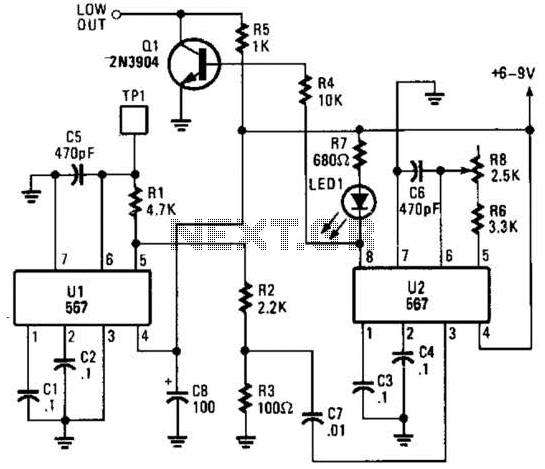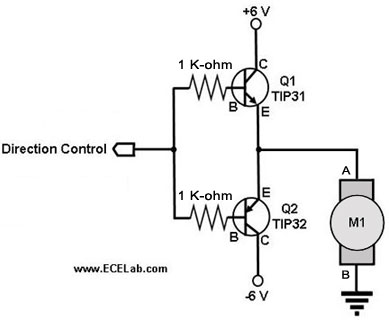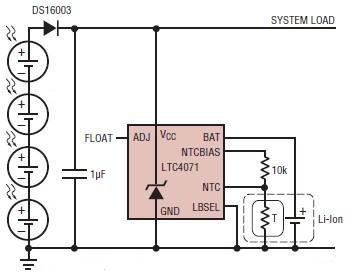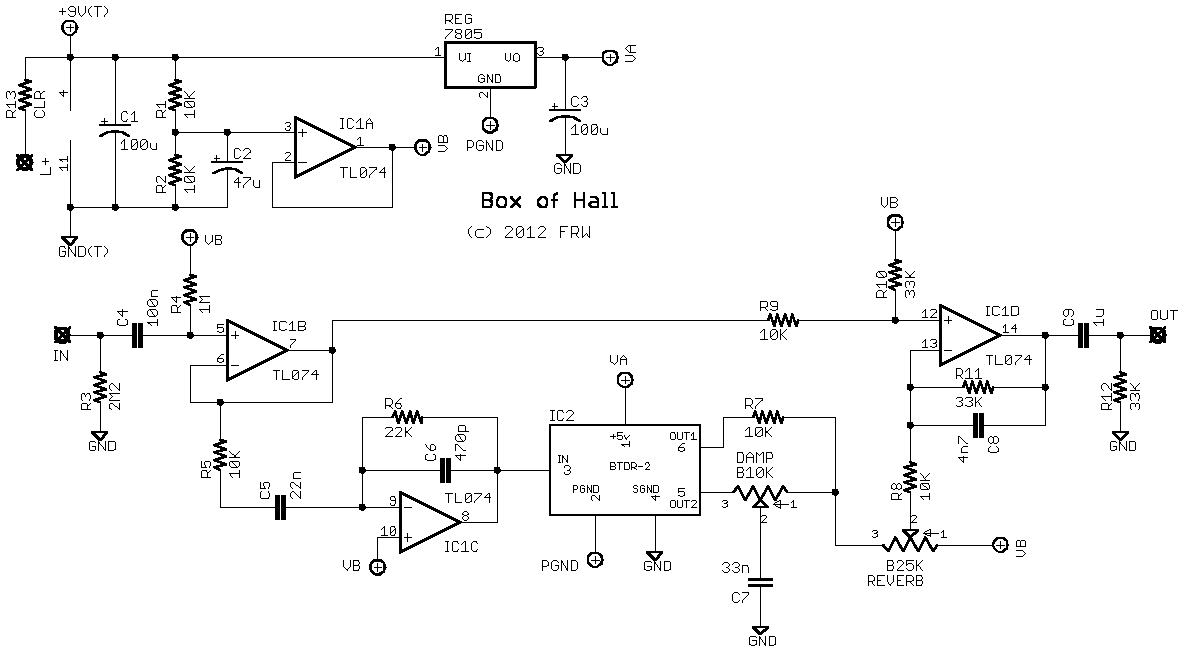
Tracking System using GPS and GSM modem
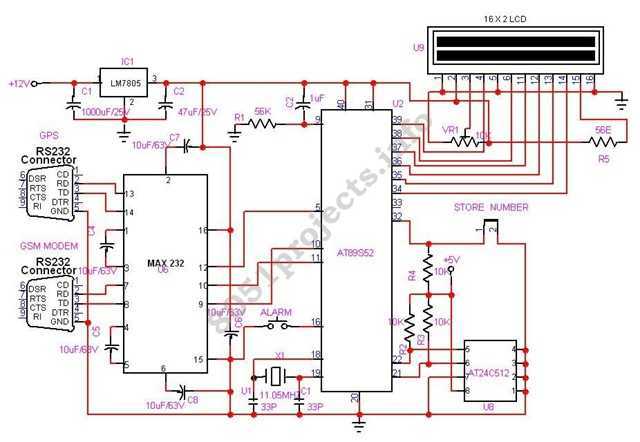
In this project AT89S52 microcontroller is used for interfacing to various hardware peripherals. The current design is an embedded application, which will continuously monitor a moving Vehicle and report the status of the Vehicle on demand. For doing so an AT89S52 microcontroller is interfaced serially to a GSM Modem and GPS Receiver. A GSM modem is used to send the position (Latitude and Longitude) of the vehicle from a remote place. The GPS modem will continuously give the data i.e. the latitude and longitude indicating the position of the vehicle. The GPS modem gives many parameters as the output, but only the NMEA data coming out is read and displayed on to the LCD. The same data is sent to the mobile at the other end from where the position of the vehicle is demanded. An EEPROM is used to store the mobile number. The hardware interfaces to microcontroller are LCD display, GSM modem and GPS Receiver. The design uses RS-232 protocol for serial communication between the modems and the microcontroller. A serial driver IC is used for converting TTL voltage levels to RS-232 voltage levels. When the request by user is sent to the number at the modem, the system automatically sends a return reply to that mobile indicating the position of the vehicle in terms of latitude and longitude.
The project utilizes the AT89S52 microcontroller as the central processing unit, which is responsible for managing the data flow between various hardware components. The microcontroller is connected to a GPS receiver that continuously receives signals from satellites to determine the vehicle's current location. The GPS receiver outputs data in NMEA format, which includes essential information such as latitude, longitude, speed, and time. However, only the relevant latitude and longitude data is processed and displayed on an LCD for immediate visibility.
The GSM modem is interfaced with the microcontroller to facilitate remote communication. When a user sends a request message to the GSM modem, the microcontroller interprets this request and retrieves the current location from the GPS receiver. The microcontroller then formats this information and sends it back through the GSM modem to the user's mobile device. This two-way communication is crucial for real-time tracking of the vehicle.
An EEPROM is integrated into the design to store the mobile number of the user, ensuring that the system can respond to the correct request. The use of the RS-232 protocol allows for reliable serial communication between the GSM modem, GPS receiver, and the microcontroller, with a dedicated serial driver IC converting TTL signal levels produced by the microcontroller to RS-232 levels required by the modems.
The entire system is powered by a suitable power supply, and all components are connected in a manner that ensures minimal interference and maximum efficiency. Proper grounding and decoupling capacitors are implemented to stabilize the operation of the microcontroller and peripherals. Overall, this embedded application demonstrates effective integration of microcontroller technology with GPS and GSM systems for vehicle tracking purposes.In this project AT89S52 microcontroller is used for interfacing to various hardware peripherals. The current design is an embedded application, which will continuously monitor a moving Vehicle and report the status of the Vehicle on demand. For doing so an AT89S52 microcontroller is interfaced serially to a GSM Modem and GPS Receiver. A GSM modem is used to send the position (Latitude and Longitude) of the vehicle from a remote place.
The GPS modem will continuously give the data i.e. the latitude and longitude indicating the position of the vehicle. The GPS modem gives many parameters as the output, but only the NMEA data coming out is read and displayed on to the LCD. The same data is sent to the mobile at the other end from where the position of the vehicle is demanded.
An EEPROM is used to store the mobile number. The hardware interfaces to microcontroller are LCD display, GSM modem and GPS Receiver. The design uses RS-232 protocol for serial communication between the modems and the microcontroller. A serial driver IC is used for converting TTL voltage levels to RS-232 voltage levels. When the request by user is sent to the number at the modem, the system automatically sends a return reply to that mobile indicating the position of the vehicle in terms of latitude and longitude. 🔗 External reference
The project utilizes the AT89S52 microcontroller as the central processing unit, which is responsible for managing the data flow between various hardware components. The microcontroller is connected to a GPS receiver that continuously receives signals from satellites to determine the vehicle's current location. The GPS receiver outputs data in NMEA format, which includes essential information such as latitude, longitude, speed, and time. However, only the relevant latitude and longitude data is processed and displayed on an LCD for immediate visibility.
The GSM modem is interfaced with the microcontroller to facilitate remote communication. When a user sends a request message to the GSM modem, the microcontroller interprets this request and retrieves the current location from the GPS receiver. The microcontroller then formats this information and sends it back through the GSM modem to the user's mobile device. This two-way communication is crucial for real-time tracking of the vehicle.
An EEPROM is integrated into the design to store the mobile number of the user, ensuring that the system can respond to the correct request. The use of the RS-232 protocol allows for reliable serial communication between the GSM modem, GPS receiver, and the microcontroller, with a dedicated serial driver IC converting TTL signal levels produced by the microcontroller to RS-232 levels required by the modems.
The entire system is powered by a suitable power supply, and all components are connected in a manner that ensures minimal interference and maximum efficiency. Proper grounding and decoupling capacitors are implemented to stabilize the operation of the microcontroller and peripherals. Overall, this embedded application demonstrates effective integration of microcontroller technology with GPS and GSM systems for vehicle tracking purposes.In this project AT89S52 microcontroller is used for interfacing to various hardware peripherals. The current design is an embedded application, which will continuously monitor a moving Vehicle and report the status of the Vehicle on demand. For doing so an AT89S52 microcontroller is interfaced serially to a GSM Modem and GPS Receiver. A GSM modem is used to send the position (Latitude and Longitude) of the vehicle from a remote place.
The GPS modem will continuously give the data i.e. the latitude and longitude indicating the position of the vehicle. The GPS modem gives many parameters as the output, but only the NMEA data coming out is read and displayed on to the LCD. The same data is sent to the mobile at the other end from where the position of the vehicle is demanded.
An EEPROM is used to store the mobile number. The hardware interfaces to microcontroller are LCD display, GSM modem and GPS Receiver. The design uses RS-232 protocol for serial communication between the modems and the microcontroller. A serial driver IC is used for converting TTL voltage levels to RS-232 voltage levels. When the request by user is sent to the number at the modem, the system automatically sends a return reply to that mobile indicating the position of the vehicle in terms of latitude and longitude. 🔗 External reference
